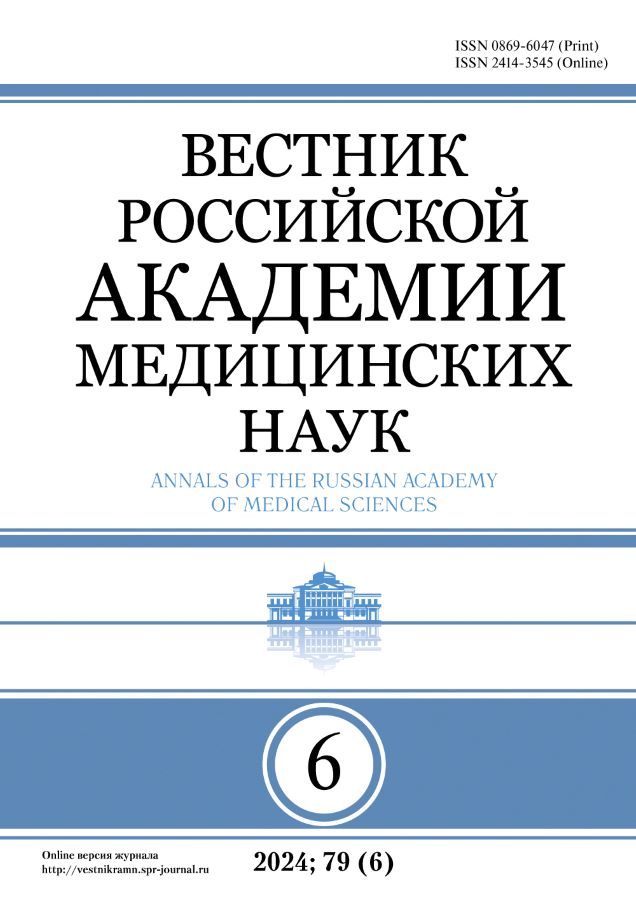Аннотация
Цель исследования: оценить степень влияния числа эндоскопических доступов на эффективность лапароскопической холецистэктомии. Методы: для сравнительной оценки результатов хирургического лечения, осуществленного трех- и четырехпортовым лапароскопическим доступом, был проведен ретроспективный анализ историй болезни 118 пациентов. Было сформировано 2 группы пациентов: оперированные трехпортным лапароскопическим доступом (n =60) и с помощью четырехпортного доступа (n =58). Одним из важных этапов научных исследований была гистоморфологическая характеристика удаленного желчного пузыря, которую выполнили всем 118 больным, перенесшим миниинвазивные операции. Для субъективной оценки проявлений болевого синдрома использовали общепринятую визуально-аналоговую шкалу боли. Результаты: 60 больным проведена лапароскопическая холецистэктомия доступом из трех портов (основная группа), 58 больным — из четырех портов (группа сравнения). В основной группе у 53 (88,3%) пациентов отмечено отсутствие каких-либо болевых ощущений, и только 3 из них жаловались на наличие легкой и 4 — умеренной боли соответственно на 7-е сут после хирургического вмешательства. В группе сравнения данные показатели составили 50 (86,2%), 2 и 6 человек, соответственно. Сроки госпитализации и нетрудоспособности были сравнительно меньшими при минимальном числе портов: 3,2 и 4,4 сут, соответственно. В основной группе длительность нетрудоспособности составила 8,5 сут против 10,6 сут в группе сравнения. Выводы: методика трехпортного лапароскопического доступа позволяет значительно сократить частоту клинических проявлений болевого синдрома, достичь максимального косметического эффекта, существенно уменьшить сроки послеоперационного реабилитационного периода, в результате чего наступает более ранняя активизация и восстановление трудоспособности больных.








